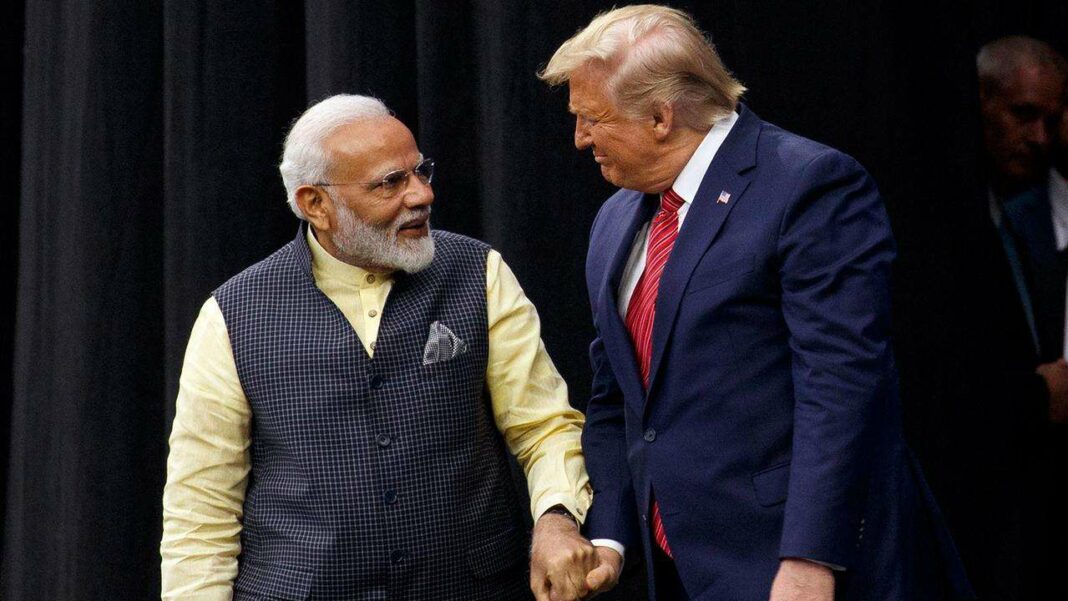Modi and Trump’s relationship, once marked by camaraderie, faces challenges as they meet amid pressing issues like tariffs. While past events showcased their alliance, trade tensions have emerged, with Trump’s accusations of trade abuses and threats regarding the BRICS alliance. Concerns over tariffs on steel and aluminum impact India, prompting potential tariff reductions on electronics from Modi. Additionally, visa policies for Indian professionals and the plight of undocumented Indians in the U.S. add complexity to their partnership.
The Evolving Dynamics of Modi and Trump’s Relationship
During Donald Trump’s initial term, the camaraderie between him and India’s Prime Minister, Narendra Modi, was a cause for celebration. As Modi returns to the White House, the atmosphere is expected to be markedly different, influenced by pressing issues such as tariffs.
In 2020, the two leaders showcased their bond at significant events like ‘Namasté Trump’ in Ahmedabad and ‘Howdy Modi’ in Houston, Texas. Trump had committed to collaborating with Modi to elevate both nations’ economies, while Modi expressed confidence in having a steadfast ally in the U.S. However, the value of such promises is now in question as they meet to address concrete challenges like trade tariffs and migration policies.
Trade Tensions and Future Collaborations
While Trump and Modi enjoyed a positive relationship during the former’s presidency, the current climate suggests a shift. Trump’s previous accusations against India regarding trade abuses linger, and recent threats regarding the BRICS alliance, which includes India, have raised eyebrows. He warned of 100 percent tariffs if the alliance moved away from using the U.S. dollar as a reserve currency.
Moreover, Trump’s recent announcement of a 25 percent tariff on steel and aluminum has sparked concern in India, given that the U.S. is one of its largest trading partners. To mitigate potential fallout, Modi is reportedly considering tariff reductions on electronics and chemicals in a bid to appease Trump. India aims to procure small nuclear reactors and technological innovations from the U.S., highlighting a shared interest in various sectors including trade, defense, and technology.
With approximately 5.5 million individuals of Indian descent residing in the United States, the relationship between the two nations is also deeply rooted in personal connections. The Indian community maintains strong ties to their homeland, with a significant number of students studying in the U.S.
The discussion of visa policies for Indian professionals remains critical, particularly regarding the future of special visas for skilled workers. The fate of children born in the U.S. to Indian parents, concerning their automatic citizenship, is also a pressing issue as Trump considers changes to current laws.
Additionally, the situation for undocumented Indians in the U.S. is dire, with estimates suggesting over 700,000 individuals in this category. Deportations have ramped up since Trump took office, including a recent incident involving the deportation of illegal immigrants in a military plane, which has drawn significant backlash from opposition politicians in India.
The underlying message is clear: Modi and Trump’s partnership must navigate the complexities of illegal migration without faltering, as both leaders seek to maintain the delicate balance of their relationship amidst rising tensions.
